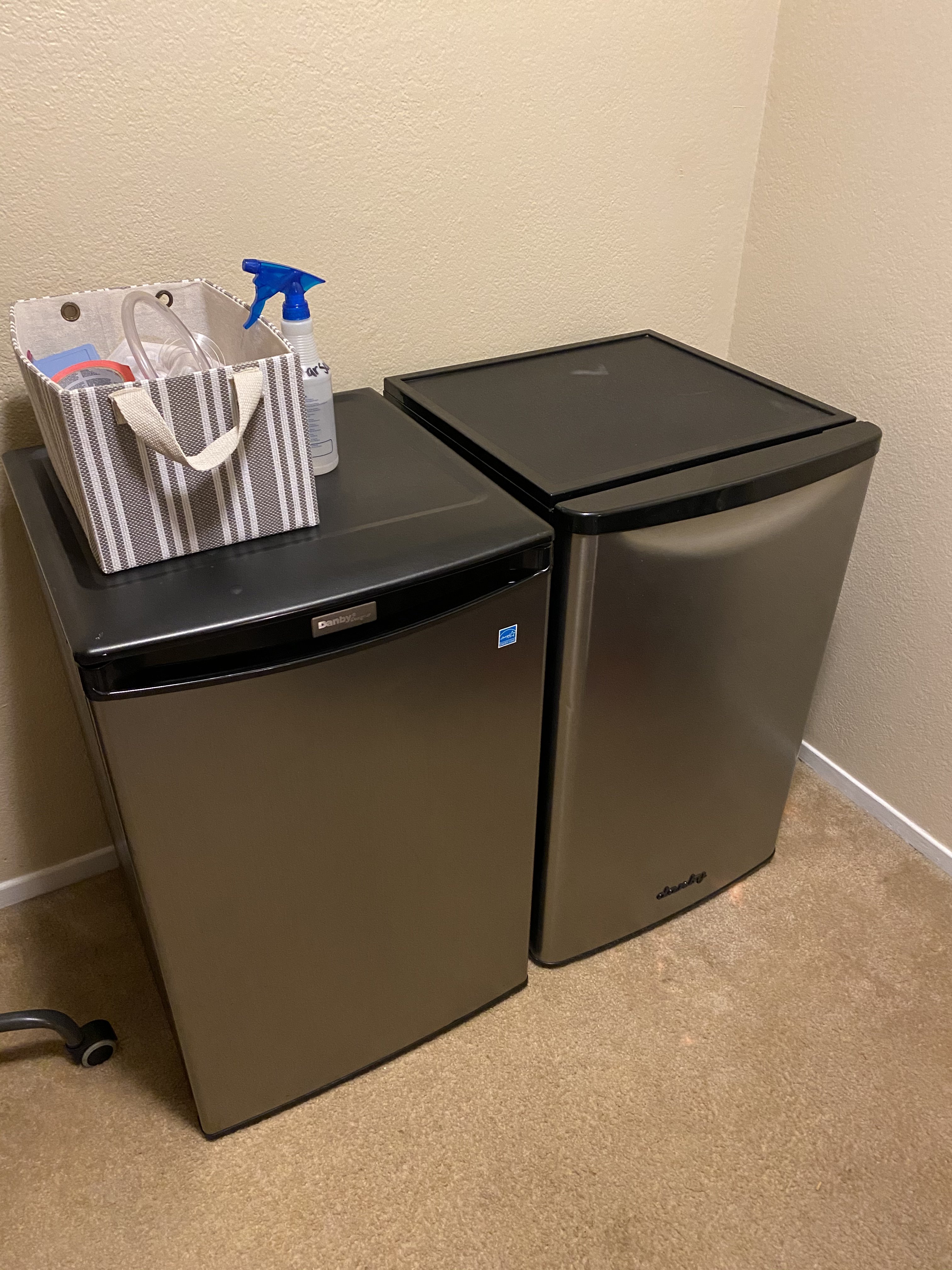Jordan Logo
Well-Known Member
Hello All!
Hope everyone is staying safe during these strange times...
I'm trying to figure out the best route to go as to always having a drinkable keg. What route did you guys go to continuously have a beer on tap (i.e. glycol chiller, multiple fermentation fridges, etc.)? Or do most of you guys just have only one beer on tap and end up with a period of no beer while your next batch ferments?
I ask this question as I'm stuck between a rock and a hard place deciding on if I should pull the trigger on a glycol chiller, or buying another fermentation fridge.
Thanks!
Hope everyone is staying safe during these strange times...
I'm trying to figure out the best route to go as to always having a drinkable keg. What route did you guys go to continuously have a beer on tap (i.e. glycol chiller, multiple fermentation fridges, etc.)? Or do most of you guys just have only one beer on tap and end up with a period of no beer while your next batch ferments?
I ask this question as I'm stuck between a rock and a hard place deciding on if I should pull the trigger on a glycol chiller, or buying another fermentation fridge.
Thanks!
Last edited:































































